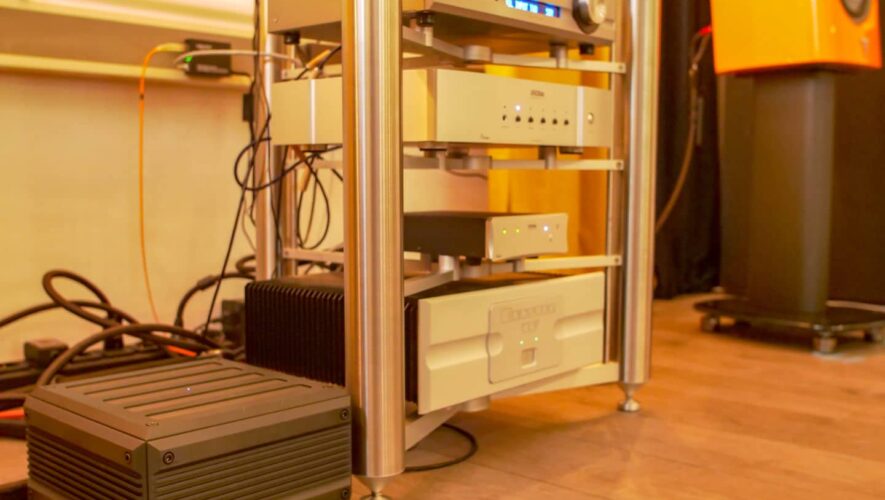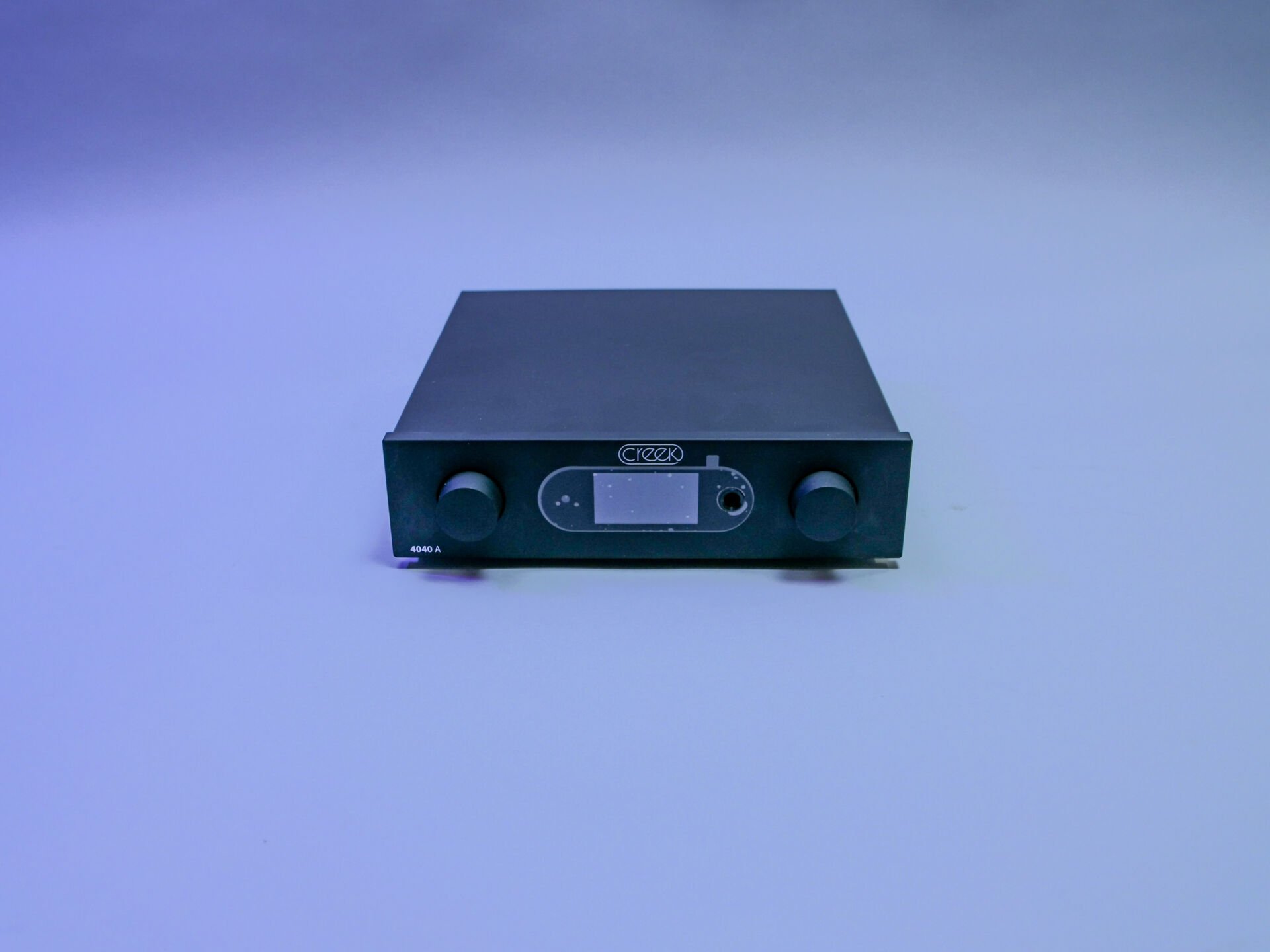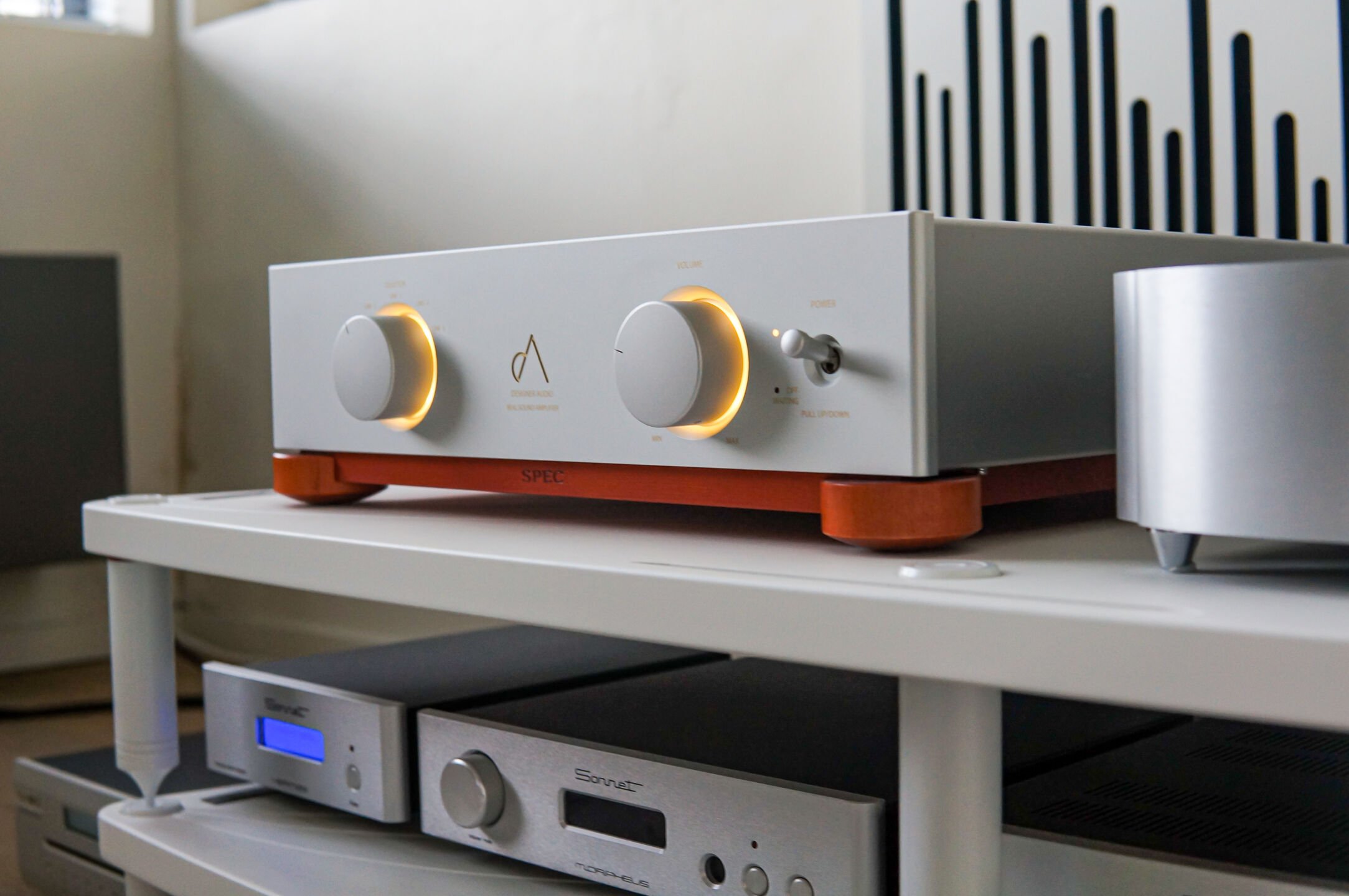

Quad Complementary design
Contents
Quad Complementary design
In our earlier review of the Bryston 3B3 we have already extensively considered the technology behind the Cubed series and the operation can be summarized as follows:
Every semiconductor (transistor, FET etc.), however linear it may be designed, has an imperfection under certain conditions (load/temperature). The spiritual father of the ‘Cubed’ technique, Dr. Ioan Alexandru Salomie, investigated this behaviour and concluded that when a semiconductor of positive polarity is combined with its negative spitting image, an ‘approximate’ perfectly linear characteristic emerges as the resultant. In this way, regardless of temperature influences and load, the linear amplification characteristic will be maintained. And voila, the Quad-Complementary technique is born.
Since Bryston had already implemented this same trick in the output stage of the very well-received SST series, the technique has already proven itself in a positive way. When such technology is now also applied at the input of an amplifier, it results in low distortion at an early stage and the less distortion in the beginning, the less distortion is amplified in the subsequent stages of amplification. Result, a more neutral and cleaner view across the board. Clever thought.
Now Bryston hasn’t had a night’s sleep and since the introduction of the SST2 generation, the R&D department has worked with Dr Salomie in the deepest secret to further implement and develop this technique. These efforts resulted in 2015 in the new Cubed series with a Quad-complementary structure from start to finish. Unfortunately, Dr. Salomie has not been allowed to attend the official introduction. We’re sorry to hear that he died far too young in 2013. Thanks to Bryston’s Cubed series, his brilliant technique fortunately lives on in countless living rooms and studios for many decades to come.







